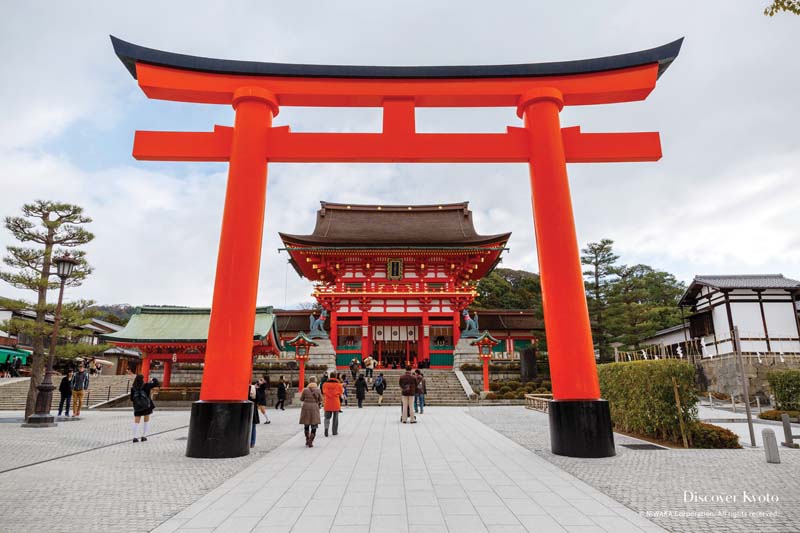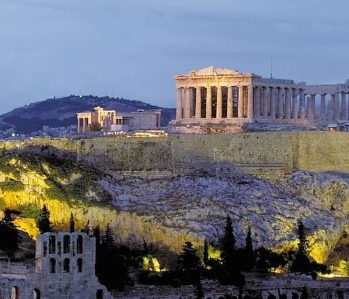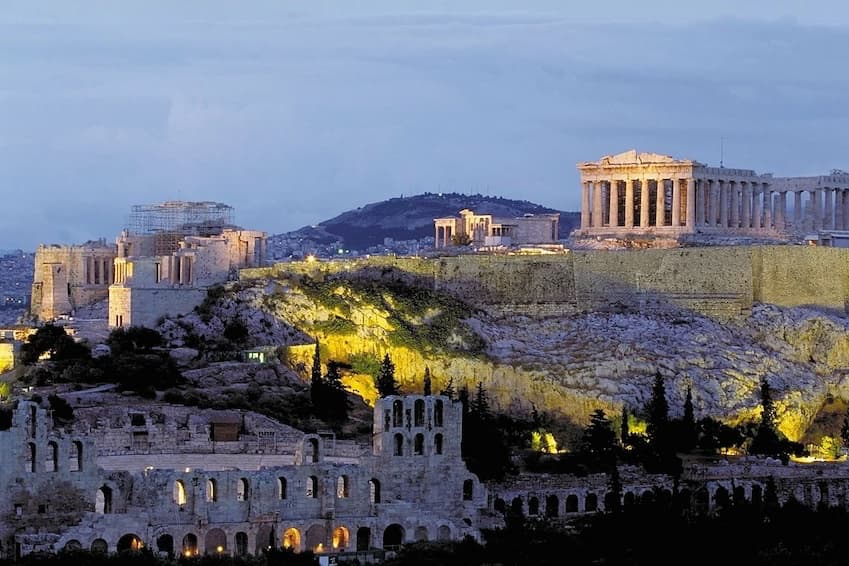Japan, a country where tradition and modernity exist side by side, offers a unique and enriching experience for travelers. From the serene temples of Kyoto to the dazzling skyscrapers of Tokyo, Japan is a place where ancient customs meet cutting-edge technology. Whether you’re exploring tranquil gardens, experiencing cultural festivals, or indulging in world-class cuisine, Japan has something to offer everyone.
The best time to visit Japan is during the spring (March to May) and fall (September to November). Spring is renowned for sakura (cherry blossom) season, when parks and streets are adorned with delicate pink blooms. Fall offers breathtaking views of autumn foliage, especially in areas like Kyoto and the mountains surrounding Tokyo. Summer can be hot and humid, but it’s also the time for lively festivals and beach trips.
Tokyo, Japan’s bustling capital, is a city of contrasts. It is home to neon-lit districts like Shibuya and Shinjuku, where towering buildings and colorful advertisements create a futuristic skyline. Yet, hidden within these modern streets are peaceful shrines like Meiji Shrine, a tranquil oasis dedicated to the spirits of Emperor Meiji and Empress Shoken. Asakusa, a historic district, is home to the ancient Senso-ji Temple, the oldest and most famous Buddhist temple in Tokyo. Here, visitors can experience the charm of traditional Japan while enjoying vibrant street markets selling souvenirs and street food. For a bird’s-eye view of Tokyo, head to the Tokyo Tower or the futuristic Tokyo Skytree, the tallest structure in Japan.
Kyoto, once the capital of Japan, offers a stark contrast to Tokyo with its rich cultural heritage. Known for its stunning temples, gardens, and traditional tea houses, Kyoto is where visitors can experience Japan’s spiritual and historical side. The Kinkaku-ji (Golden Pavilion) is one of the most iconic landmarks in Kyoto, with its golden exterior reflecting beautifully in the surrounding pond. The Fushimi Inari Shrine, famous for its thousands of red torii gates, offers a hike up the mountain that is both awe-inspiring and peaceful. Kyoto is also home to the Gion District, where you can spot geishas in traditional kimonos and visit the Yasaka Shrine, especially stunning when lit up during festivals.
In the south, Osaka is a vibrant city known for its culinary delights, shopping, and nightlife. The city’s famous dish, takoyaki (octopus-filled dough balls), can be found in street stalls and restaurants throughout the city. Dotonbori, a bustling entertainment district, is famous for its neon lights, huge billboards, and delicious food stalls. For a more relaxed experience, visit Osaka Castle, a historic site that offers beautiful views and a serene atmosphere. Osaka is also the gateway to the charming city of Nara, home to the Todaiji Temple and its giant bronze Buddha, as well as friendly, free-roaming deer that inhabit Nara Park.
For those seeking nature, Japan offers a range of stunning landscapes. Mount Fuji, the country’s highest peak, is an iconic symbol of Japan. Whether you’re hiking to the summit or enjoying the view from the surrounding lakes, Fuji is a must-see for nature lovers. Hakone, just outside Tokyo, is famous for its hot springs, stunning views of Mount Fuji, and scenic boat rides on Lake Ashi. The Japanese Alps offer opportunities for hiking, skiing, and soaking in the beauty of alpine lakes, especially in places like Nagano and Kamikochi.
Japan’s cuisine is another highlight of any trip. Sushi, sashimi, and tempura are just the beginning of Japan’s culinary offerings. Each region has its own specialty, and you can find regional dishes such as ramen (noodle soup) in Hokkaido, okonomiyaki (savory pancakes) in Osaka, and kaiseki (traditional multi-course meal) in Kyoto. Katsu, breaded and fried pork or chicken, and donburi, rice bowls with meat or seafood, are also popular comfort foods. Don’t forget to sample Japanese sweets, including mochi, taiyaki, and dorayaki, often filled with sweet red bean paste.
Japan is also known for its tea culture, and a visit to a traditional tea ceremony is a must. Held in quiet tea houses, the ceremony offers a glimpse into Japanese culture, emphasizing mindfulness, simplicity, and respect. The tea used in these ceremonies is typically matcha, a powdered green tea that has become popular worldwide for its rich flavor and health benefits.
Japan’s festivals are a wonderful way to experience its traditions and culture. The Gion Matsuri in Kyoto, held every July, is one of the most famous festivals, featuring large, colorful floats paraded through the streets. Tanabata, the Star Festival, celebrates the myth of two star-crossed lovers, and people often write wishes on paper and hang them on bamboo branches. In winter, the Sapporo Snow Festival in Hokkaido features stunning ice sculptures and attracts visitors from around the globe.
Japan’s transportation system is incredibly efficient and easy to navigate. The Shinkansen, or bullet train, connects major cities like Tokyo, Kyoto, and Osaka, allowing visitors to travel quickly and comfortably. Within the cities, subways and buses make it easy to explore local neighborhoods, while taxis and bicycles are also popular modes of transport. For more scenic journeys, Japan’s long-distance trains and ferries provide beautiful views of the countryside, mountains, and coastline.
Japan offers a perfect balance of old-world traditions and modern-day innovation, creating an enriching travel experience that is both immersive and diverse. Whether you are exploring ancient temples, relaxing in hot springs, or enjoying some of the world’s best food, Japan promises a journey full of discovery and wonder. With its warm hospitality, breathtaking scenery, and rich culture, Japan is a destination that will leave you wanting more.






